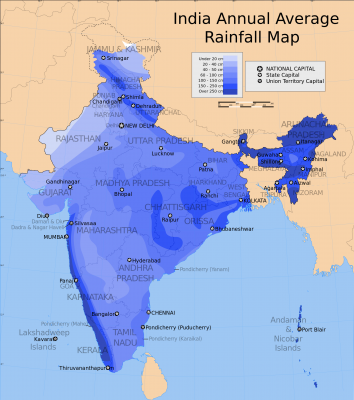Why is Samuel Hahnemann famous?

Samuel Hahnemann, a German physician, founded homeopathy.
Hahnemann believed that the medicine he had been taught to practice some-times did the patient more harm than good.
He carried out experiments on the curative power of bark, which was the source of quinine. He was the first person to observe that a remedy that produces symptoms in a healthy person will cure those same symptoms when manifested by a person in a disease state.
This principle that ‘likes are cured by likes’ is the very foundation of homeopathy. Hahnemann is called the ‘father of experimental pharmacology’ because he was the first physician to prepare medicines in a specialized way, by first trying them on healthy human beings, to determine how the medicines acted to cure diseases.










 Nuclear fusion is the process whereby two atomic nuclei are fused with the release of a large amount of energy. Very high temperatures and pressures are thought to be required in order for the process to happen. The process might one day be harnessed to form the basis of commercial energy. Method of achieving controlled fusion is the subject of research around the world.
Nuclear fusion is the process whereby two atomic nuclei are fused with the release of a large amount of energy. Very high temperatures and pressures are thought to be required in order for the process to happen. The process might one day be harnessed to form the basis of commercial energy. Method of achieving controlled fusion is the subject of research around the world.


 The world’s largest solar plant is located in the MOJAVE desert neat Dagget, California. It currently producing 675 MW of electricity, enough energy for one million people.
The world’s largest solar plant is located in the MOJAVE desert neat Dagget, California. It currently producing 675 MW of electricity, enough energy for one million people.
 Solar energy absorbed by the earth is equivalent to 3000 times the heat in all the coal and petroleum produced in the world in a year.
Solar energy absorbed by the earth is equivalent to 3000 times the heat in all the coal and petroleum produced in the world in a year.

 Mechanical or electrical power is generated by a wind mill using wine energy. Wind mills are of two types: horizontal axis type and vertical axis type. In both the types, blades are rotated by the kinetic energy of wind. Netherland is called “The Land of Windmills”.
Mechanical or electrical power is generated by a wind mill using wine energy. Wind mills are of two types: horizontal axis type and vertical axis type. In both the types, blades are rotated by the kinetic energy of wind. Netherland is called “The Land of Windmills”.
 Gasoline, kerosene, diesel, lubricants, greases, wax, asphalt, etc. are the different petroleum derivatives. These are obtained by the fractional distillation of crude oil.
Gasoline, kerosene, diesel, lubricants, greases, wax, asphalt, etc. are the different petroleum derivatives. These are obtained by the fractional distillation of crude oil.